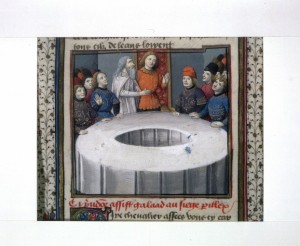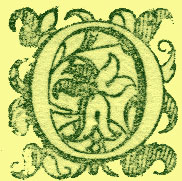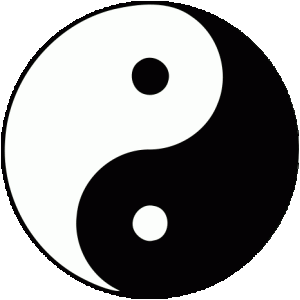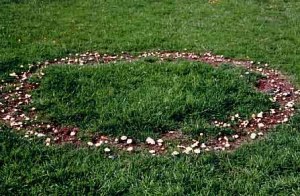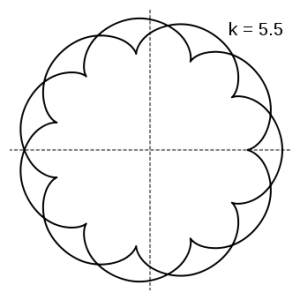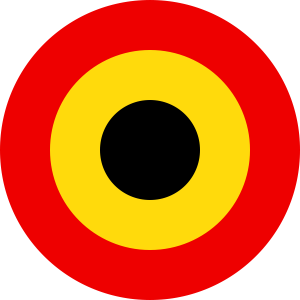
A roundel in heraldry is any circular shape; the term is also commonly used to refer to a type of national insignia used on military aircraft, generally circular in shape and usually comprising concentric rings of different colours. In heraldry, a roundel is a circular charge. Roundels are among the oldest charges used in coats of arms, dating from at least the twelfth century. Roundels in British heraldry have different names depending on their tincture. Thus, while a roundel may beblazoned by its tincture, e.g., a roundel vert (literally “a roundel green”), it is more often described by a single word, in this case pomme (literally “apple”, from the French).
The first use of a roundel on military aircraft was during the First World War by the French Air Service.[citation needed] The chosen design was the French national cockade, which consisted of a blue-white-red emblem mirroring the colours of the Flag of France. Similar national cockades, with different ordering of colours, were designed and adopted as aircraft roundels by their allies, including the British Royal Flying Corps and the US Army Air Service. After the First World War, many other air forces adopted roundel insignia, using different colours or numbers of concentric rings to distinguish them.
Some corporations and other organizations also make use of roundels in their branding; employing them as a trademark, or logo.

